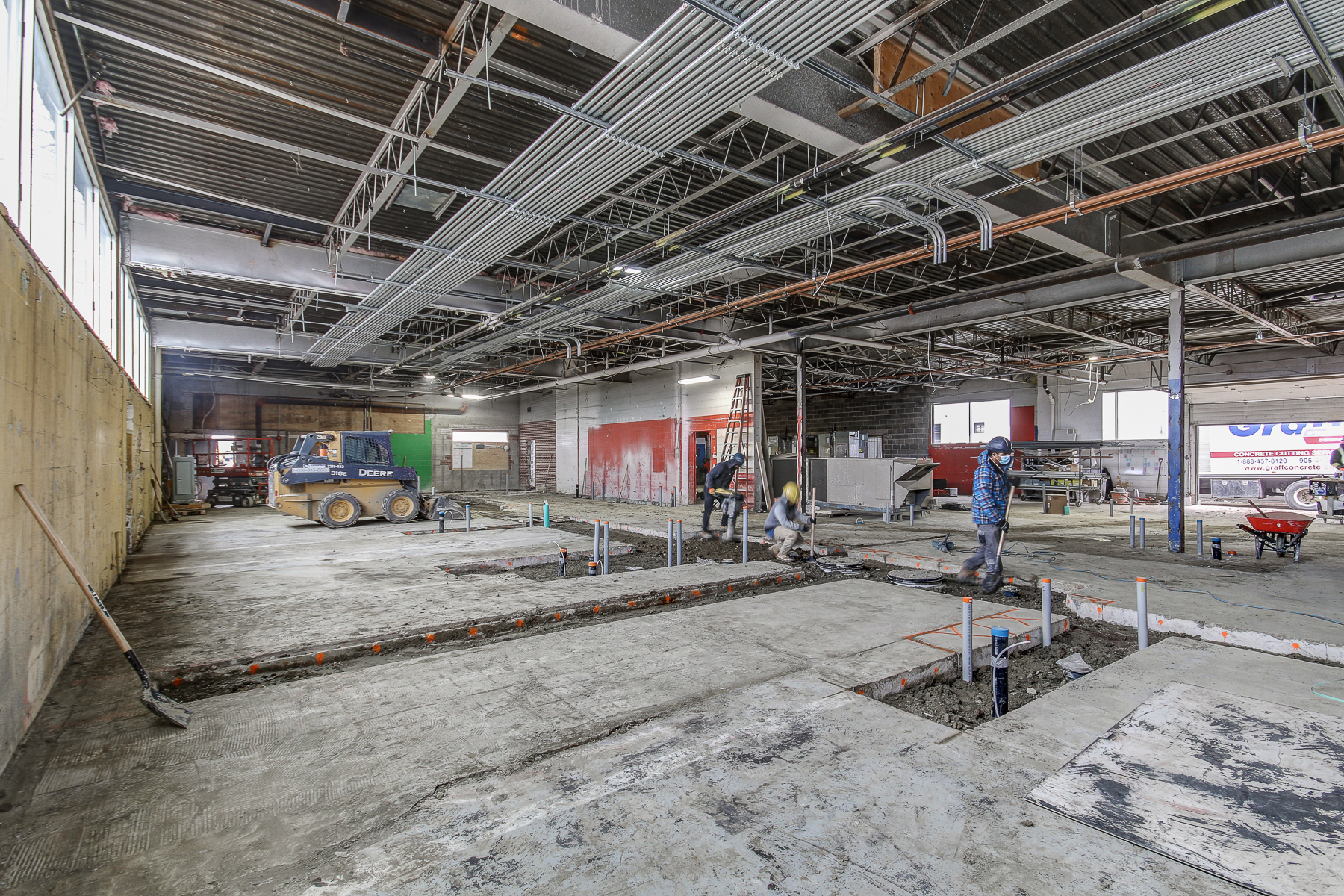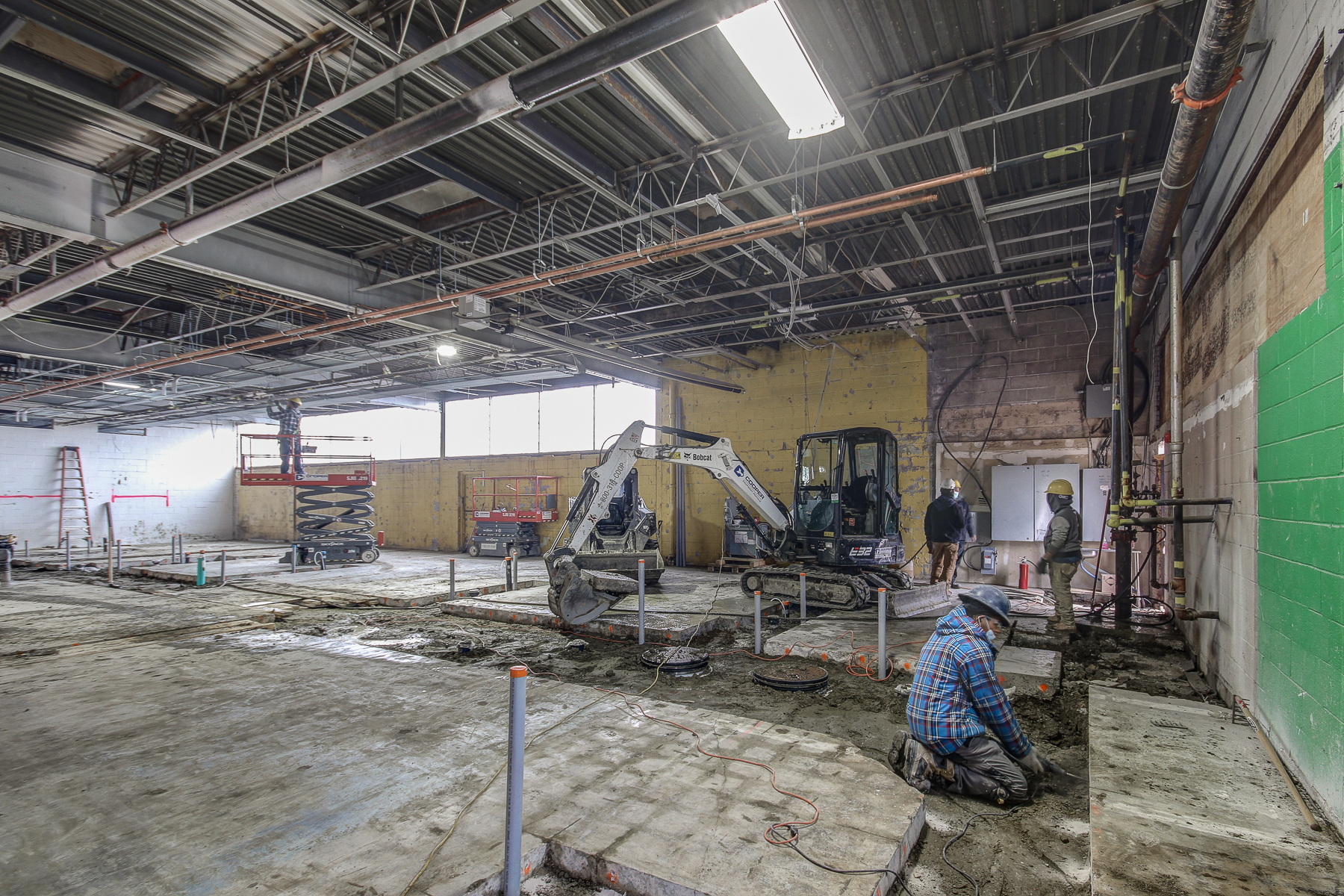Sustainability is all the rage as we segue to the second half of 2021. The sustainability movement is centered on preserving our living and working spaces for future generations. In short, wasteful ways are being phased out in favor of eco-friendly designs with posterity squarely in mind. […]Let’s take a look at what goes into the sustainable design process for offices.
Sustainable Does not Mean Inferior
There is a common misconception that sustainability implies a performance of a lesser quality build. Though some of the initial sustainable office interior design projects proved somewhat fallible, significant progress is being made in the push to make buildings that do not sabotage our increasingly fragile environment as time progresses. The challenge lies in building sustainable offices and other spaces that exceed or at least meet industry standards for quality. At the same time, they must also provide visually pleasing aesthetics. With the proper planning, this goal is achievable at an affordable cost and also within a reasonable amount of time.
Each sustainable office interior design is unique. With that said, the common thread between them is the minimization of waste with an eye on the future. The goal is for the office to have a design that does not compromise the environment and makes the most of the project’s materials. Furthermore, it must ensure that the space functions without flaw for decades to come. A truly sustainable office design process ultimately reduces environmental impact, boosts long-term savings and enhances employee well-being.

Energy Efficient Office Spaces
Offices spaces designed with energy efficiency in mind prove that much more affordable as time progresses. Building truly energy efficient workspaces requires incomparable attention to detail in terms of the heating and cooling system. Likewise, refrigeration and other energy components. Even subtleties such as the size of the windows and occupancy sensors matter greatly in the context of sustainable builds. From low-flow faucets to eco-friendly lighting, the overarching office plan and the implementation of energy star appliances, every last detail matters in the quest to build a workspace with a truly sustainable design.
Mind the Materials
Interior designers and builders committed to the ethos of sustainability will use specialized materials when planning and constructing a workspace. Indeed, client input ultimately dictates which materials the space will use. However, those cognizant of the push for sustainability will choose materials that stand the test of time. Moreover, materials that will not be wasteful or destructive in the context of the environment.
Every single material used in a sustainable build has an environmental impact. The manufacturing process that creates these materials and the manner in which they undergo disposal has a significant impact on sustainability. Some materials are particularly resource-intensive to create. Others require disposal in a landfill rather than recycling for subsequent use in additional builds or for other purposes.
Material efficiency is particularly important for sustainable office designs. The most sustainable builds are those that rely on materials that are green, eco-friendly, and sustainable across posterity. The construction of both the exterior and interior of the space should be with materials that have a low VOC level. Alternatively, materials with primarily recycled content.

Water Use in Sustainable Workspaces
Office workers use their fair share of water throughout the day. This is precisely why a truly sustainable office design will plan for efficient water use. The use of electricity must also be maximized in addition to water use. The most sustainable office designs rely on a dual plumbing system that makes it possible to recycle greywater for use in toilets.
Opt for the installation of low-water use toilets along with low-water use faucets and you will have done your part to preserve the integrity of the environment. Such a dual plumbing system is also beneficial in that it has the potential to save your business a considerable amount of money by reducing your water consumption by thousands of gallons of water every single year.
Sustainable Office Design Includes Strategic Lighting
The design of a sustainable office will ultimately determine the subtleties of lighting. The best sustainable office designs make prudent use of natural light. Aside from reducing energy consumption, relying on natural light uplifts employees’ moods. Opt for a sustainable design that decreases the amount of artificial lighting in your building and you will spend that much less on utility bills. You will also find employee morale increases quite significantly.
The use of skylights as well as the addition of extra windows into a sustainable office space allows natural sunlight to move inside, providing much-appreciated illumination. The best office design plans allow for such natural light to move into the entirety of the office rather than just a couple sections of cubicles. Even reducing partitions and adding glass walls helps maximize the amount of natural light that moves into the office.
Above all, the best way to maximize natural light and reduce an office’s reliance on artificial light is to design the workspace with an open office plan highlighted by extra large windows. The open layout ensures ample light can spread through the office, illuminating the entirety of workspaces throughout the space. And it can do so without the use of an abundance of artificial lighting.
Sustainable Building Extends to Insulation
Sustainable building design guidelines are quite intricate. They extend all the way to the nuances of the manner in which the building is subject to insulation. Much like its importance for a cold storage warehouse, insulation is critical for a sustainable office. Insulating a new office building with the right materials has the potential to boost the space’s energy efficiency by upwards of 40% or more. Insulation must go beneath exterior cladding. It also makes sense to add materials that already have insulation such as specialized concrete blocks complete with insulative properties.
Interior insulation should also go beneath the roof and within walls for optimal sustainability. The best calgary construction builds include a sealing of all gaps near doors and windows. This ensures that the indoor air is warmed and cooled to the optimal temperature by the HVAC system remains inside the building while the outdoor air stays outside.

Check out our article The Cost of Office Space Construction to learn about how much the building process will cost you.